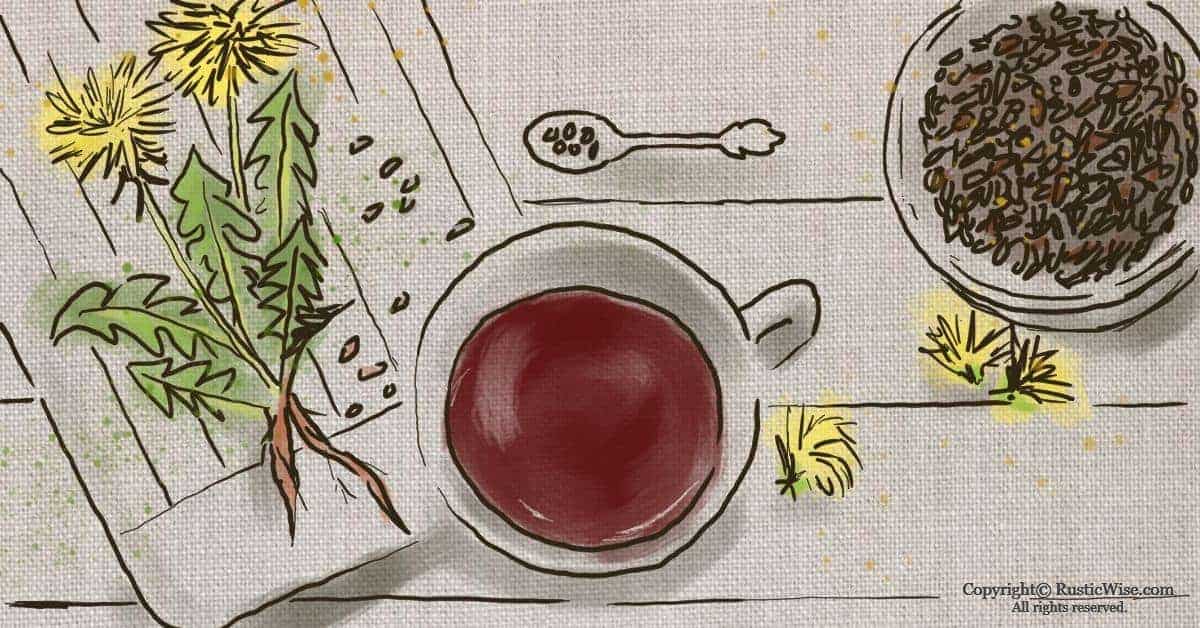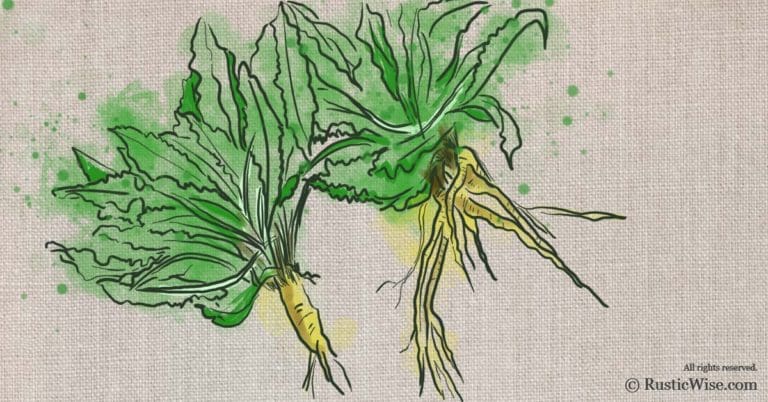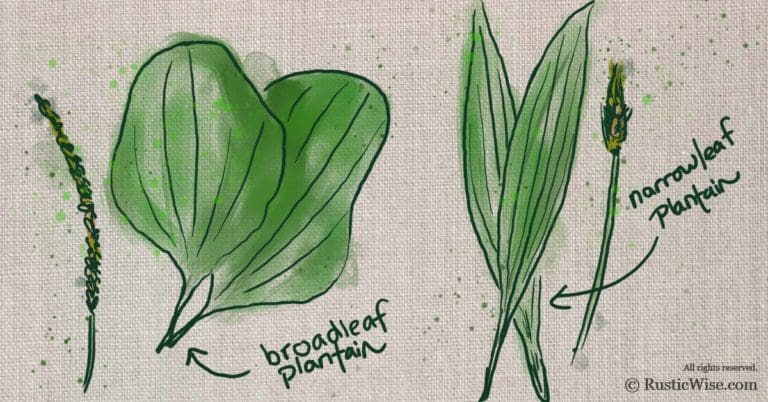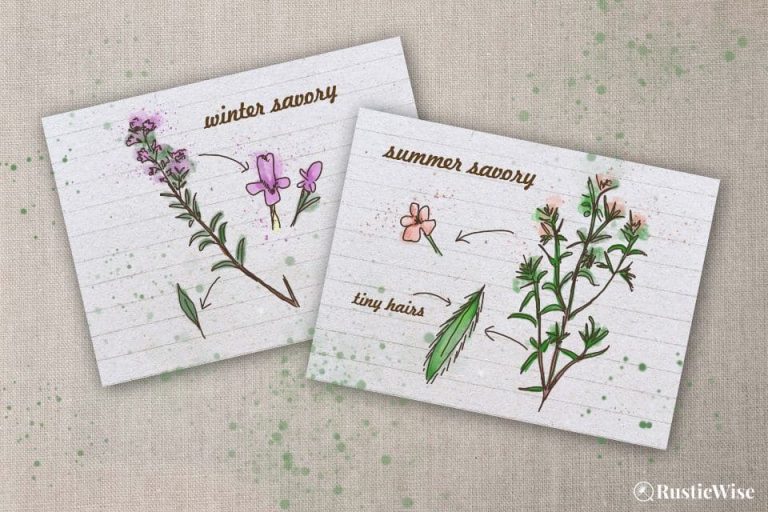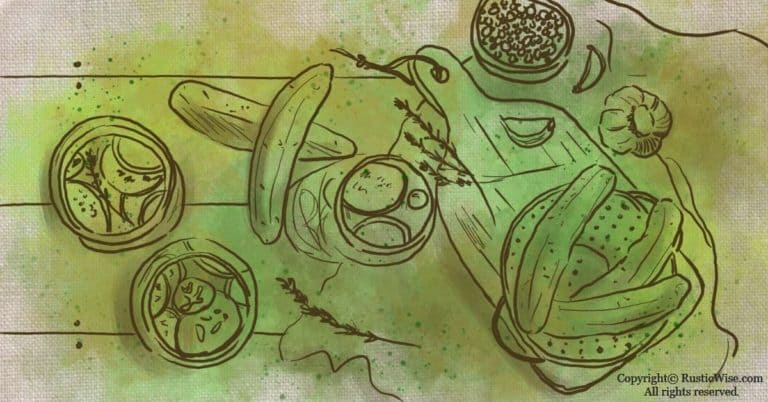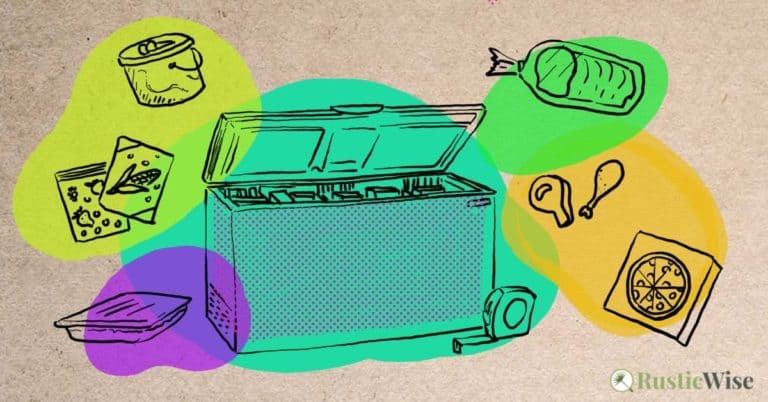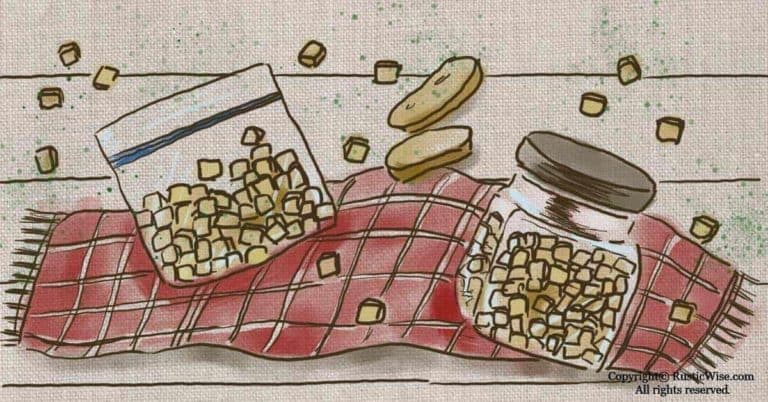How to Make Dandelion Root Coffee: 3 Different Ways
As someone who loves, loves their morning cup of coffee, the idea of making coffee from dandelion roots sounded pretty sketchy at first. How good could it really be?
But after trying many ways to cut back on caffeine from decaf (blech!)to herbal teas (good, but doesn’t hit the spot), I was willing to examine the idea of dandelion coffee again. Besides, I had a yard full of dandelions.
The great thing about this coffee substitute is that it tastes almost like the real thing. Plus your liver will thank you for the detoxifying benefits of healing dandelion root. Learning how to make dandelion root coffee from scratch is fairly simple. The trickiest and most time-consuming part is digging up the roots.
If you don’t have dandelions handy, you can always buy roasted dandelion root online (Mountain Rose Herbs and Traditional Medicinals are two such companies).
If you’re blessed (or cursed, depending on your outlook) with an abundance of dandelions in your yard, we’ll go over how you can forage, roast, and brew your very own homemade dandelion coffee. We’ll also cover three different ways on how to make dandelion root coffee: decoction, using a coffee press, and using a tea ball.
What does dandelion root coffee taste like?
The process of drying and roasting dandelion roots is what gives this brew it’s coffee-like flavor. Just like regular coffee, dandelion root coffee is slightly bitter, full-bodied, with a hint of chocolate. Try it, you’ll love it!
What’s the difference between dandelion tea and dandelion coffee?
The entire dandelion plant is edible, from flower, to leaves, to roots. When most people refer to dandelion tea, they’re referring to a delicate drink made from the yellow blossoms. Dandelion flowers have a slightly sweet, honey-like flavor.
You can also make tea from dried dandelion roots—just steep some dried roots in hot water for a few minutes.
So what exactly is dandelion coffee, then? Dandelion tea and coffee are pretty much the same thing, just that the coffee uses roasted roots to give the drink its robust flavor. So in a nutshell, dandelion coffee uses roasted roots, while dandelion tea could use roasted or unroasted roots.
Does dandelion root coffee have caffeine?
You can enjoy your dandelion root coffee without any worries about staying up too late because it’s caffeine-free.
So if it’s getting late, and you have a hankering for coffee, brew some dandelion coffee instead.
A note of caution: Dandelion root has diuretic properties. So if you’re pregnant, breastfeeding, or have liver or kidney problems, please speak to your doctor first before using dandelion root. If you’re on medications, dandelion may interact with certain types of drugs.
Benefits of dandelion
The entire dandelion plant is healthy, edible, and useful for many different purposes. Dandelion has long been used in traditional Chinese medicine (TCM), as well as by herbalists to treat a variety of ailments including inflammation, stomach problems, loss of appetite, and skin conditions.
- Roots: The roots are believed to have detoxifying properties, great for cleaning out the liver and gallbladder. Roots are typically dried and ground up for brewing coffee or tea, or cooked and added to soups or stews.
- Leaves: A rich source of vitamins A, C, K, dietary fiber, calcium, iron, and protein. Great for adding to salads, juices, or stir frys. The leaves have diuretic properties and are often used to treat wounds.
- Flowers: Believed to have soothing antioxidant properties, dandelion flowers are often used for tea, jelly, and homemade salves/oils/tinctures.
Foraging and digging up dandelion roots
Whenever you’re foraging for edible plants, please make sure you’re harvesting from an area that’s free of herbicides and pesticides. If your own yard is free of chemicals, it’s one of the best places to start. Avoid foraging right along roadways—stay several feet away to avoid contaminants.
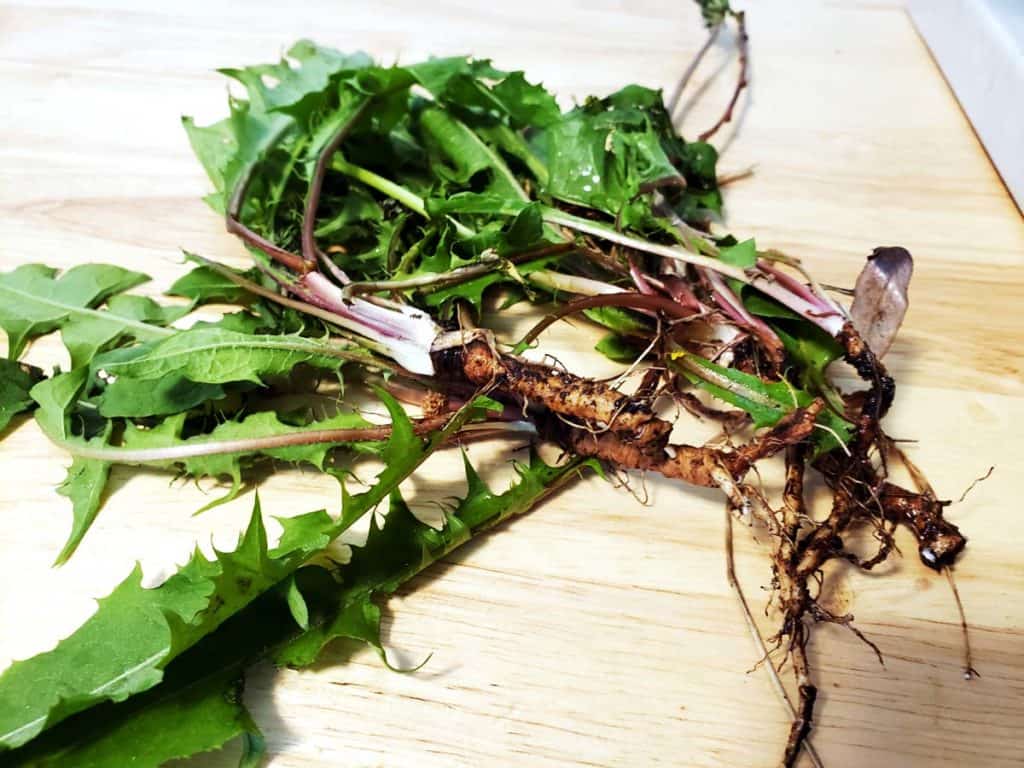
Credit: RusticWise
Look for the following characteristics when identifying dandelions (3):
- Broad leaves with jagged edges. In French, dandelion is called dent-de-lion which roughly means “tooth of a lion.”
- Plant grows from a basal rosette.
- A long, hollow stem (think skinny straw).
- A single, yellow flower on a single stem.
- Trademark white ‘fluff balls’ after the plant is mature.
- Long taproot that’s brown on the outside and lighter inside.
If you’re not 100 percent sure you’ve properly identified a plant, please speak with a local specialist.
The best time to dig up the long roots of a dandelion is right after a rainfall either in the spring when plants are young, or fall. Bring a trowel and get digging!
Digging up the entire root can be tricky. I’ve massacred many roots in attempts to pull them out intact. Depending on the size of your roots, you may need between 10-15 plants to brew a couple cups of dandelion coffee.
How do you roast dandelion roots?
Once you’ve brought home a basket full of dandelions, remove the leaves, and rinse in a colander to use for salads or juices.
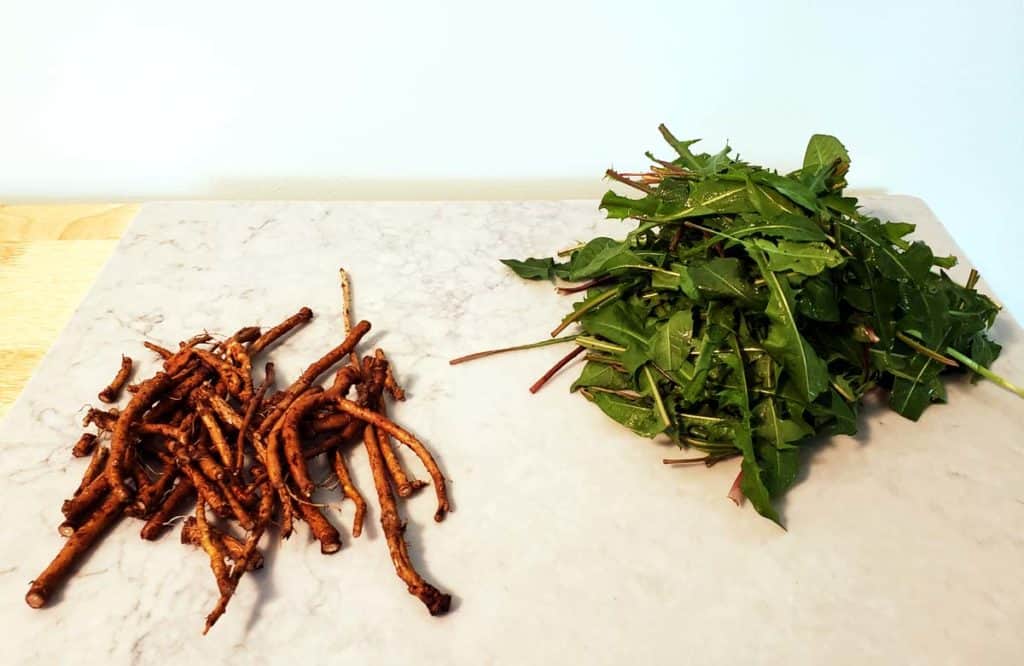
Credit: RusticWise
It’s handy if you have a stiff-bristled brush to wash and gently scrub off dirt from the dandelion roots. Pat dry with a clean cloth.

Credit: RusticWise
Some people like to save the larger chunks of the roots for other uses like soups or stews. If you’re not going to be doing this, cut it all up in small chunks for your dandelion coffee. Make sure to remove the tiny, scraggly bits as these tend to burn in the oven.
Some people prefer to dry their dandelion roots out first in the sun. If you’re impatient like me, you can dry and roast them in the oven.
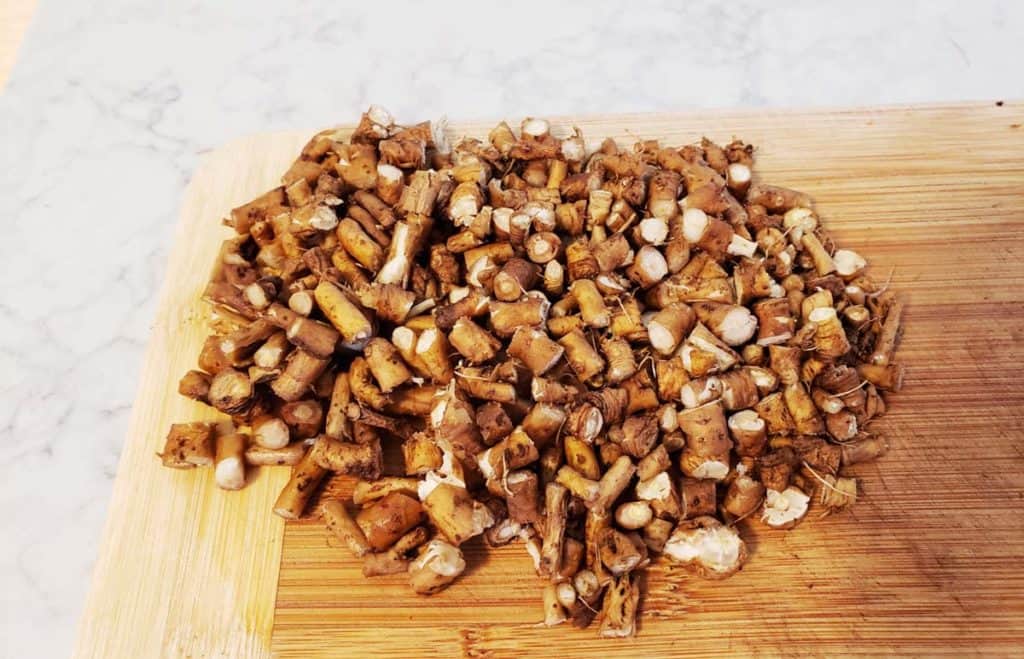
Credit: RusticWise
Step 1: Dry roots
If you are starting with fresh roots, you’ll need to dry them first. Preheat oven to 150 degrees Fahrenheit (66 degrees Celsius) and lay out roots in a single layer on a baking sheet. Dry roots for several minutes until they become brittle.
Step 2: Roast roots
Now here’s the step that gives your roots their coffee-like flavor—roasting! Preheat oven to 375 degrees Fahrenheit (191 degrees Celsius). Place your baking sheet of dried roots in for 15-20 minutes. They should be dark brown inside and out.
Three different ways to make dandelion root coffee
Coffee is a very particular drink whereby everyone swears their method of making it is “the best” whether it’s by French press, cold brew, or whatnot. I suppose dandelion coffee is no different.
Here are three ways to make coffee from either store-bought or homemade roasted dandelion roots. There are pros and cons to each method; try them out to see what which method(s) you like best.
Decoction Method
A decoction is the concentrated liquid remaining after boiling a combination of plants. Dandelion root by itself is slightly bitter (but in a good way like regular coffee beans are). When making a decoction, you can get creative and infuse whatever flavors you like. The downside to decoction is that it takes a bit of time.
When I make dandelion coffee using this method, I like to infuse my brew with similar flavors as Chai tea.
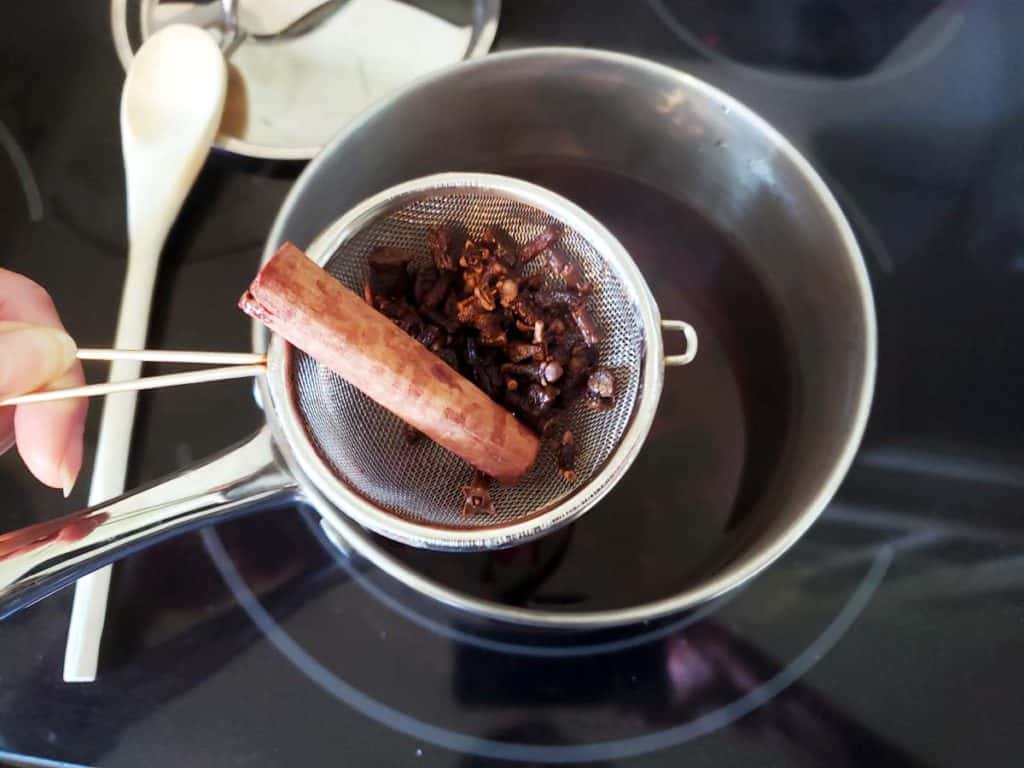
Credit: RusticWise
Chai-Inspired Dandelion Root Coffee Recipe
Ingredients:
- 4 cups water
- 2 tablespoons dried dandelion root
- 2 cinnamon sticks
- 1 tablespoon whole dried cloves (optional)
Makes 2-4 servings
- Measure out all ingredients and combine in a small pot.
- Bring water to boil and let simmer for 15 minutes, stirring occasionally.
- Strain and serve hot. Add milk (or milk alternatives) and honey to taste.
Why cloves? Cloves add a nice warm and aromatic sweetness to the drink. If you don’t have any cloves on hand, no worries—the dandelion root coffee tastes fine without it too.
You can store any leftovers in a glass jar in the fridge for several days.
Coffee Press Method
You can make dandelion root coffee using a good ol’ coffee grinder and coffee press. If you don’t have a coffee grinder, you could use a mortar and pestle to grind up your dandelion roots.
I actually prefer to use a mortar and pestle over a coffee grinder as cleaning out a coffee grinder is damn near impossible. Besides, I only like to use my coffee grinder for coffee beans to avoid flavors from blending (I guess that makes me a bit of coffee snob).
Remember to only coarsely grind up your roots just as you would with coffee when using a press.
Use about 1 tablespoon of roasted dandelion root to each cup of water. Let it percolate for 5 minutes, press, then you’re done!
You can grind up extra dandelion root to store in sealed glass jars. But I prefer to grind it right before I’m making a cup for extra freshness (I told you I’m a coffee snob).
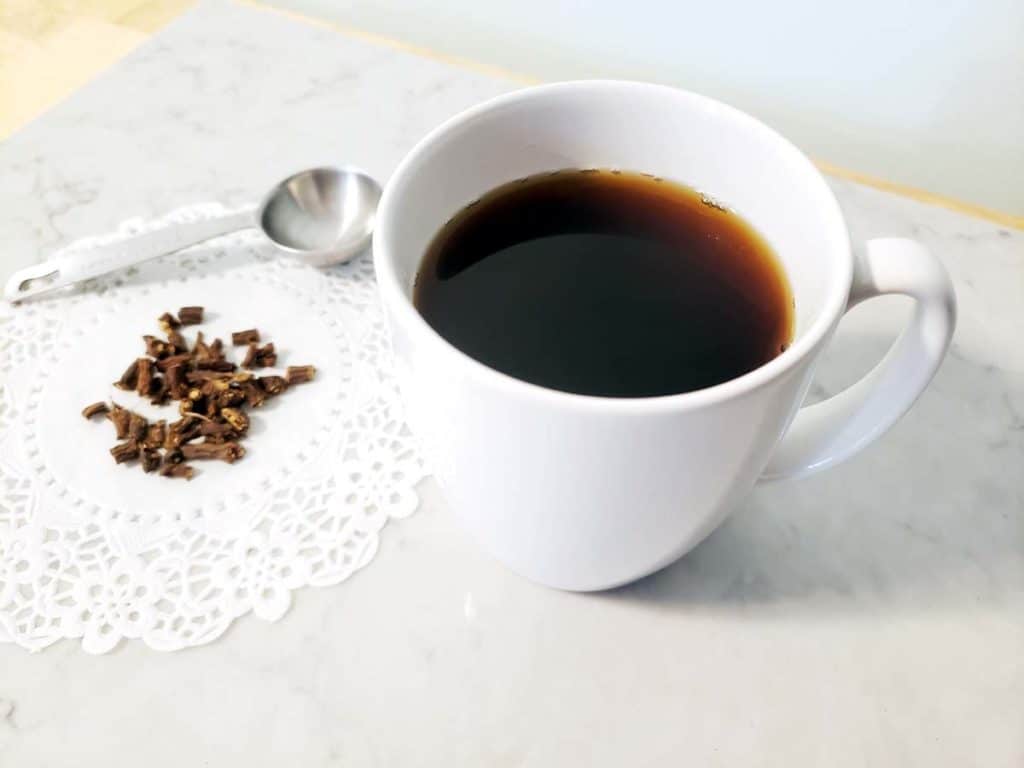
Credit: RusticWise
The Lazy-Mazy Tea Ball Method
The name of this method says it all—this method is for those times when you don’t feel like doing anything. If you have a stainless steel tea ball, or a tea pot with a built-in strainer, that’s all you need.
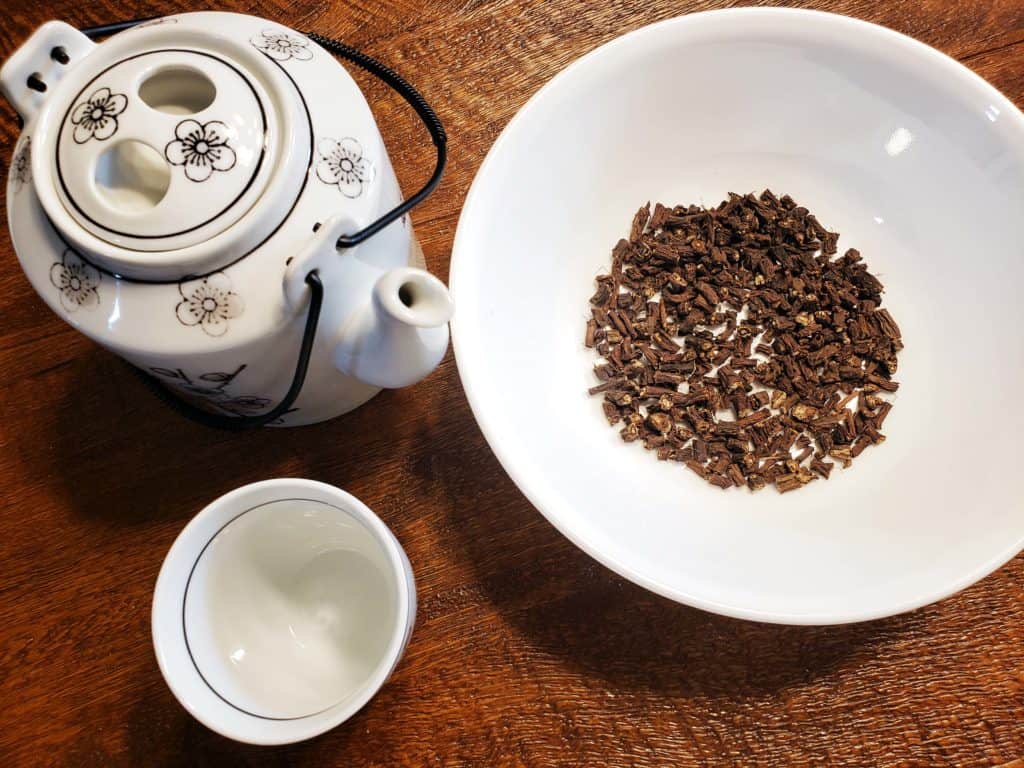
Credit: RusticWise
- Fill your tea ball or strainer with dandelion root (about one heaping teaspoon for each cup).
- Boil water. Fill your mug or teapot with water and cover. Covering is perhaps the most important part of this method to prevent heat from escaping.
- Let steep for 15 minutes or so while you do whatever it is that needs doing.
Enjoy!
Check out our post Cooking with Dandelions. Have a friend who drinks too much caffeine? Share this post!

Author: Theresa Tesolin
Theresa is co-founder of RusticWise. She helps people unleash their inner DIY spirit by encouraging them to get dirty and make or grow something from scratch.

